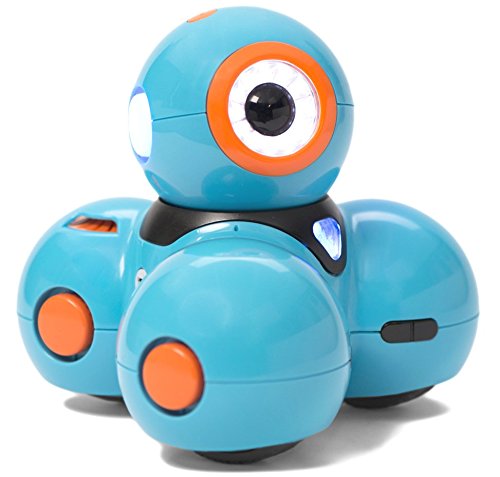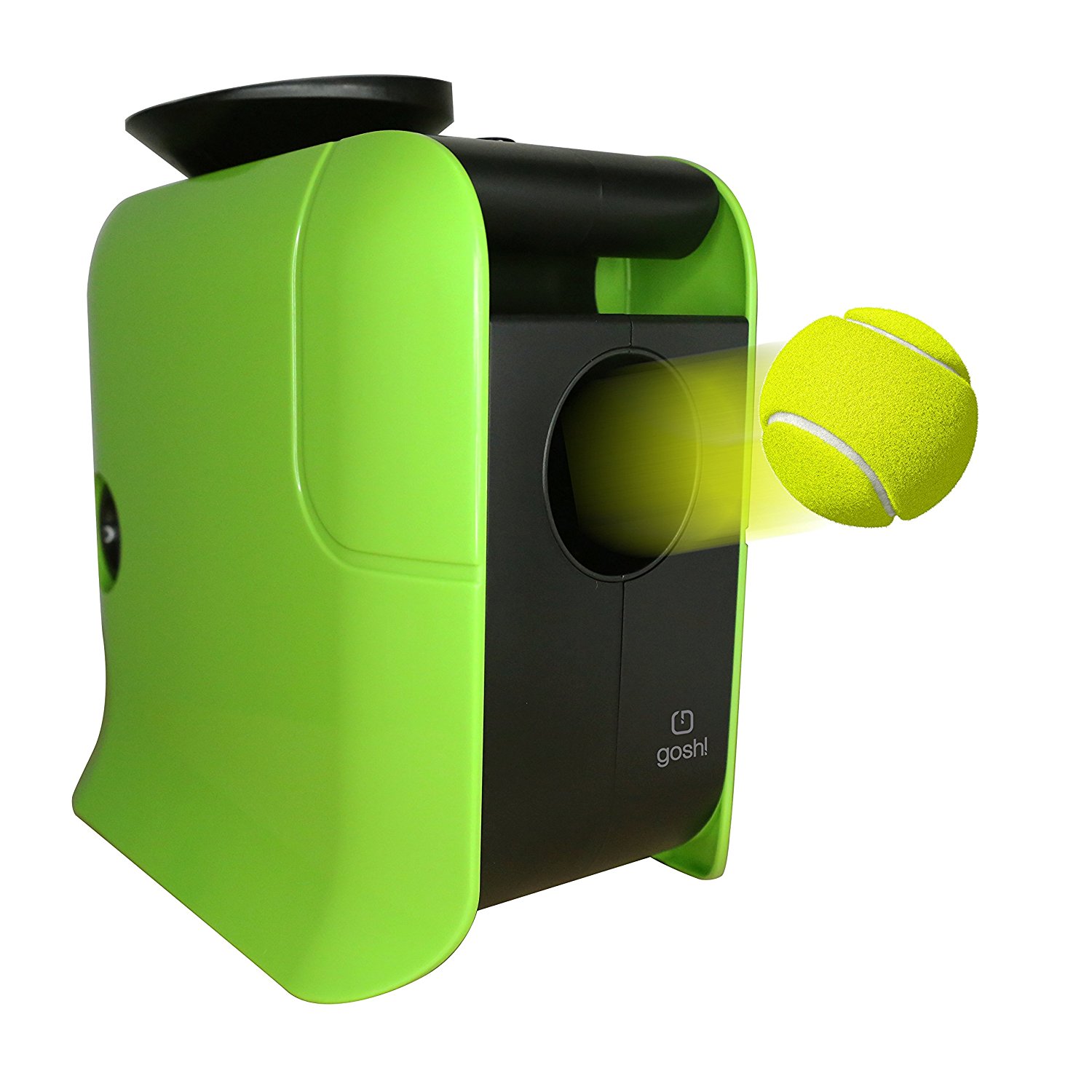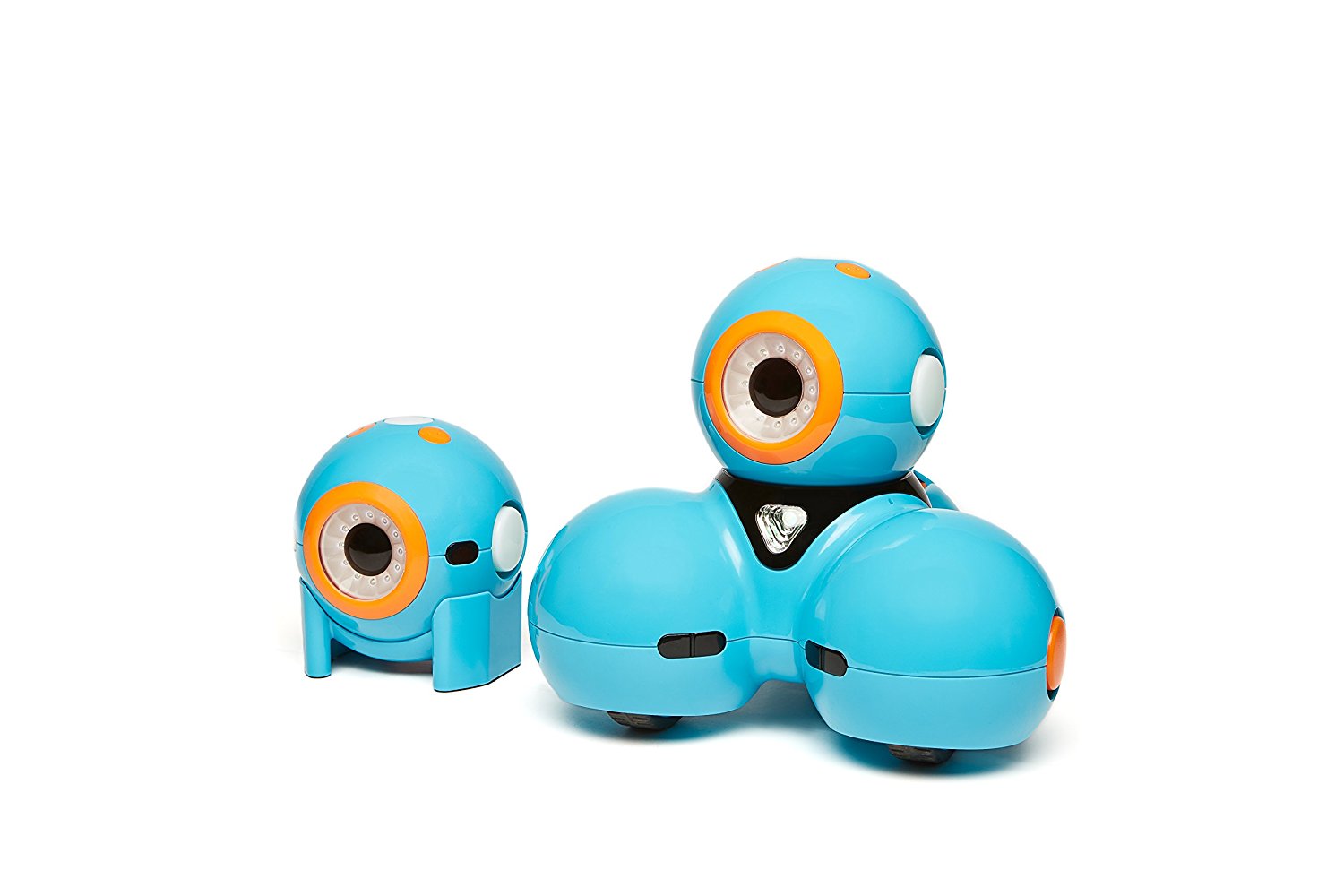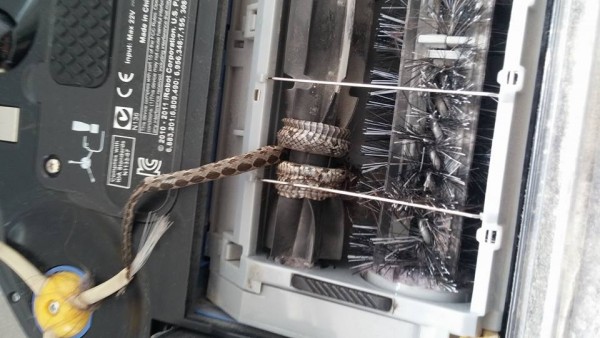Since many tasks are difficult to accomplish single-handedly, researchers at MIT thought that it wouldn’t be such a bad idea to add a few more fingers to your hand.
Ford Professor of Engineering Harry Asada explained how the magic behind MIT’s robotic grasp works: “This is a completely intuitive and natural way to move your robotic fingers. You do not need to command the robot, but simply move your fingers naturally.” Ford Professor of Engineering Harry Asada says. “Then the robotic fingers react and assist your fingers.”

Since the brain perceives tools as extensions of the body, the robotic grasp could in time be perceived as part of the hand. In this context, using it would become less awkward and the overall behavior more natural. Asada is sure that after a while, “like a tool you have been using for a long time, you feel the robot as an extension of your hand.”
Faye Wu, who assisted Asada in creating the supernumerary robotic fingers, pointed out that “Right now we’re looking at posture, but it’s not the whole story. There are other things that make a good, stable grasp. With an object that looks small but is heavy, or is slippery, the posture would be the same, but the force would be different, so how would it adapt to that? That’s the next thing we’ll look at.”
Wu compared this project to Apple’s Siri, in that the robotic fingers are able to learn from you and adjust their behavior accordingly: “After you’ve been using it for a while, it gets used to your pronunciation so it can tune to your particular accent. Long-term, our technology can be similar, where the robot can adjust and adapt to you.”
Matthew Mason, director of the Robotics Institute at Carnegie Mellon University, who did not take part in this project, stated that “This is breaking new ground on the question of how humans and robots interact. It is a novel vision, and adds to the many ways that robotics can change our perceptions of ourselves.”
While this project is obviously intended as an extension of the existing five fingers, it could be used to help people missing multiple fingers to regain the functionality of their hand.
Be social! Follow Walyou on Facebook and Twitter, and read more related stories about the Hand-Tech glove that shoots video and translates sign language to audio, and the Google Gesture concept that gives the speech-impaired a voice.










